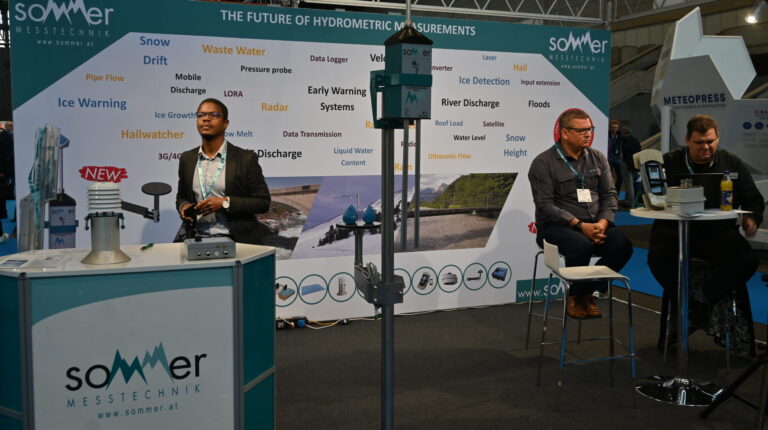Sommer is introducing its next-generation snow depth sensors at Meteorological Technology World Expo in Geneva.
These snow depth sensors are designed to measure the thickness of snow on the ground. They are used in various applications, including weather monitoring, avalanche forecasting, hydrology and climate research, and employ different principles to measure the depth of snow.
Ultrasonic snow depth sensors emit ultrasonic waves and measure the time it takes for the sound waves to bounce back after hitting the snow surface. The sensor can calculate the snow depth based on the round-trip travel time and the speed of sound. Laser-based sensors use laser beams to determine the distance between the sensor and the snow surface. The device can calculate the snow depth by measuring the time that it takes for the laser beam to reflect back.
The accuracy of snow depth sensors can vary depending on the type of sensor and environmental conditions. According to the company, the proper sensor placement of snow depth sensors is crucial to obtain representative measurements. They should be installed in open areas away from obstructions like trees or buildings, as these can cause snow drifts and uneven distribution. By providing accurate measurements, snow depth sensors reportedly contribute to better decision making and risk assessment in snow-related activities.
Christoph Sommer, managing director of Sommer, commented, “Meteorological Technology World Expo is a great opportunity to showcase and introduce new products into the market and to show our customers. We are at the expo to meet our valued customers and partners from all around the world and also find new partners. The show is great because it brings together people from around the world for an exchange of knowledge and discussions.
“On display this year, we also have the new RQ-30 non-contact discharge sensor (stationary system); the new TQ-tracer dilution method discharge system (mobile system); and the new IDS-30, which is a simple and reliable ice detection sensor for communities and agriculture.
“The RQ-30 non-contact discharge sensor and the IDS-30 are both smaller and more compact versions with a new design and top-notch accuracy and simplicity. The RQ-30 non-contact discharge sensor also has added AI features. Similarly, the TQ-tracer dilution method discharge system is a smarter design with features like memory, display, new handling, new software and more quality assurance.”
Don’t miss out on the meteorological show of the year – register now for your free entry pass and visit the website for the full exhibitor list and all the latest information.
Visit Booth 2030 to discover more, and read more expo news here



